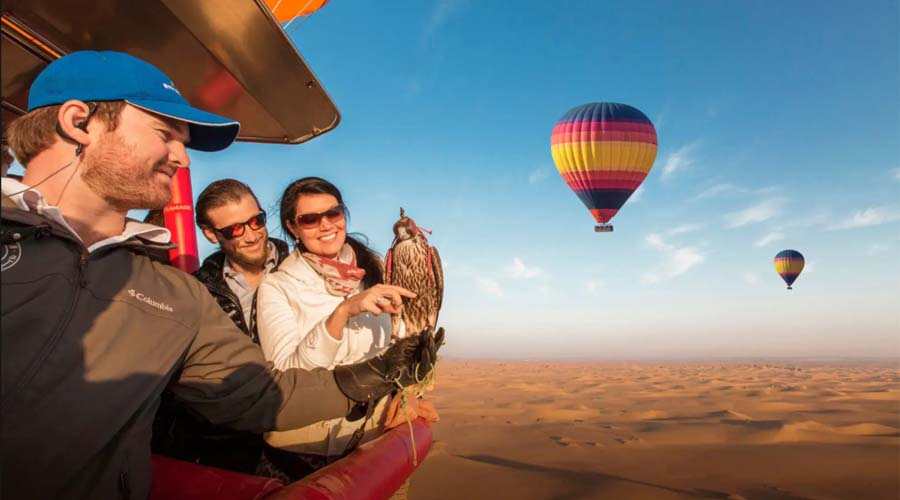Zoos have long been places where people of all ages can connect with the animal kingdom. They are not just entertainment hubs but also centers for education, conservation, and scientific research. In recent decades, the role of zoos has evolved—from being primarily recreational spaces to becoming protectors of endangered species and ambassadors for wildlife conservation. When we think about the best zoo in the world, certain names stand out because of their dedication to animal welfare, visitor experience, and impact on global conservation initiatives. While opinions can vary based on location, facilities, and personal experience, one zoo consistently earns worldwide praise: San Diego Zoo in California, USA.
What Makes a Zoo the “Best”?
Before diving into specifics, it’s important to define what qualities make a zoo exceptional. A great zoo isn’t just about the number of animals it houses. Rather, it should stand out based on the following factors:
- Animal Welfare: Ensuring animals are kept in spacious, naturalistic environments that mimic their habitats.
- Conservation Efforts: Playing an active role in protecting endangered species and reintroducing them into the wild.
- Scientific Research: Promoting understanding of animal behavior, genetics, and environmental needs.
- Visitor Education: Inspiring future generations by teaching people the importance of protecting wildlife.
- Innovative Exhibits: Providing immersive experiences that let visitors feel connected with animals in safe yet meaningful ways.
Any zoo that excels across all these areas can claim to be among the best in the world. And by nearly every standard, San Diego Zoo consistently tops the list.
San Diego Zoo: A Global Benchmark
Founded in 1916, the San Diego Zoo is set within Balboa Park and covers about 100 acres filled with lush greenery, thematic landscapes, and world-class enclosures. It is home to more than 12,000 animals representing over 650 species, making it one of the most diverse collections on the planet.
1. Pioneering Habitat Design
One of the zoo’s greatest distinctions is its role in revolutionizing how animals are kept. San Diego Zoo was one of the first in the world to introduce cage-free, open-air enclosures that replicate natural habitats. Instead of traditional bars and cages, animals live in expansive areas with landscapes designed to reflect their native environments. Visitors, rather than peering through fences, can see animals roaming visible valleys, treetop sanctuaries, or simulated rainforests. This design philosophy has since influenced zoos worldwide.
2. Conservation Leadership
The zoo is operated by the San Diego Zoo Wildlife Alliance, a nonprofit dedicated to species conservation globally. The organization has been instrumental in saving several species from extinction. One of its most famous success stories is the California condor recovery program. Decades ago, fewer than 30 condors existed in the wild. Today, thanks to breeding and reintroduction programs led by the zoo, the population has significantly increased, giving this critically endangered bird a fighting chance.
The San Diego Zoo has also contributed to the survival of giant pandas, while supporting conservation projects across six continents, working with animals from koalas and elephants to threatened amphibians. This global outreach proves that the zoo is not limited to just showcasing animals—it’s a guardian of biodiversity.
3. A Leader in Innovation and Education
San Diego Zoo is as much about people as it is about animals. Through interactive exhibits, behind-the-scenes tours, and immersive experiences, visitors are encouraged to learn about ecosystems, species interactions, and the pressing issue of climate change. The zoo’s Wildlife Explorers Basecamp, for example, is an interactive space where children can delve into the world of insects, reptiles, and other often-overlooked creatures through play and discovery.
In addition, the zoo heavily invests in research through its Institute for Conservation Research, which houses a famous “Frozen Zoo.” This facility stores genetic material from over 10,000 species, preserving biodiversity for future generations and potentially providing solutions for saving species that face extinction.
4. Accessibility and Visitor Experience
Beyond conservation and research, the San Diego Zoo is a world-class tourist destination. It attracts over 4 million visitors annually. With guided bus tours, gondola rides offering sky-high perspectives of habitats, and easy-to-navigate layouts, the zoo ensures that guests of all ages and abilities can enjoy a comfortable, unforgettable experience. Its stunning botanical gardens, featuring more than 700,000 plants, add another layer of beauty, creating an environment where humans and animals thrive together.
Other Contenders for the Best Zoo in the World
While San Diego Zoo often takes the crown, there are several other remarkable zoos worldwide that contribute significantly to animal welfare and conservation:
- Singapore Zoo (Singapore): Famous for its open-concept habitats and award-winning programs such as the Night Safari, allowing visitors to see nocturnal animals in their natural activity cycles.
- Berlin Zoological Garden (Germany): One of the oldest zoos in the world, featuring over 20,000 animals from nearly 1,400 species.
- Bronx Zoo (New York, USA): Noted for its large land area and commitment to wildlife conservation, particularly for species from Asia and Africa.
- Taronga Zoo (Sydney, Australia): An iconic location offering breathtaking views of Sydney Harbour while also championing native species conservation.
Each of these zoos has unique strengths, but San Diego Zoo consistently remains at the forefront because it balances animal care, conservation, education, and entertainment at a level few can rival.
Why the San Diego Zoo Stands Apart
The difference between San Diego Zoo and others lies in its holistic mission. It’s not just a place to see exotic animals—it’s a bridge between humans and wildlife, a hub for groundbreaking scientific research, and a leader in conservation practices that have real-world impacts. Visitors leave not only entertained but also enlightened, inspired to contribute in their own way to the fight against species extinction.
Conclusion: A World of Wonder and Responsibility
Declaring one zoo the absolute best is always subjective, as each world-class zoo contributes in its own way to the global mission of protecting wildlife. However, the San Diego Zoo stands out as a shining example of what modern zoological parks can achieve when they place animal welfare, scientific advancement, and conservation at the heart of their mission. It’s more than just a zoo—it is a global symbol of hope for the natural world.
So, when people ask where to find the best zoo in the world, the answer that echoes most often is San Diego Zoo. It offers not just glimpses into the lives of extraordinary creatures but also a reminder of humanity’s responsibility to protect and coexist with nature. Visiting it is not just a trip—it is an experience that leaves lasting impressions, inspiring travelers of all ages to care more deeply about the planet we share.


